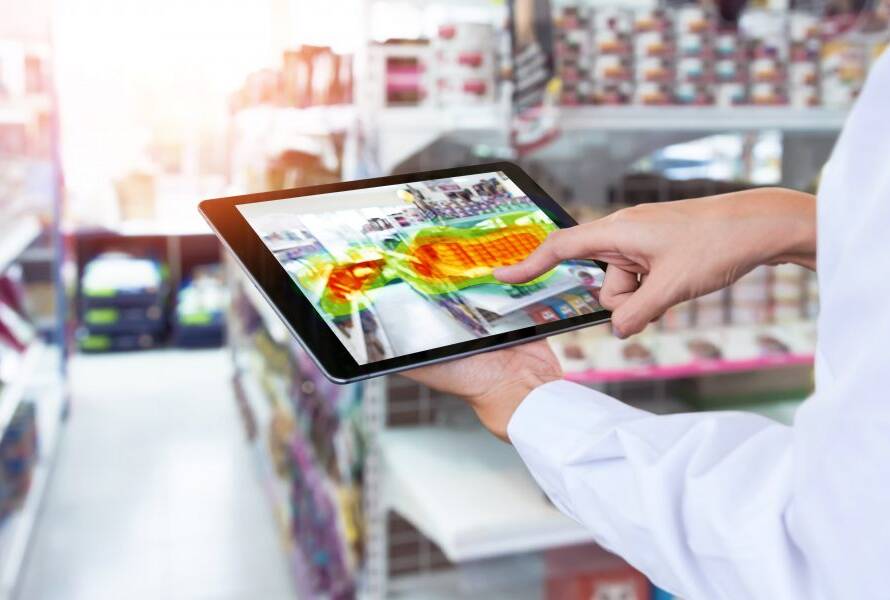
“We can now control bandwidth to where people can pick up their cell phone using a 4G or 5G connection and look at live recorded CCTV systems without a bandwidth issue for their company,” said Keith Aubele, chief security officer at Salient Systems. “Being able to assess the analytics while simultaneously viewing video footage without a bandwidth restriction is phenomenal, and this progress in technology is only going to continue.”Multi-purpose solutions are in high demand. Integrating analytics to create solutions that accommodate this provides a more efficient experience, and supplies retailers with the functions they need to prevent loss, such as clearer store communication. Read the full article on LPM
Keith Aubele
Keith is a retail industry veteran and has held executive leadership positions with two of the top retailers in the world. He led The Home Depot’s loss prevention division as a senior vice president and his team was responsible for bringing shrink down to the lowest in company history. While at the Home Depot, Keith was designated a high succession leadership candidate by the CEO. Prior to The Home Depot, Keith spent his career at Walmart where he was the Director of Loss Prevention. Other roles at Walmart included retail operations, and responsibility for the Supercenter Division. While at Walmart, Keith was placed on the fast-track program by CEO David Glass and was one of three executives selected to create, design and rollout the Neighborhood Market concept for Walmart.
Keith has the distinction of being personally mentored by Walmart founder Sam Walton, and The Home Depot’s founder, Bernie Marcus. He is a steering committee member of the ASIS Asset Protection Council, and the former Chairman. He is the founder, and former Chairman of the NW Arkansas ASIS Chapter. He holds a Certified Protection Professional (CPP) from ASIS International & Loss Prevention Professional (LPP) Certification from Missouri Southern State University. Keith has a BS in Criminology & AS in Law Enforcement from Missouri Southern, and he holds a Master’s Degree in Business from Troy University. Keith is a United States Air Force & Law Enforcement Veteran. He resides in Niantic Connecticut and serves on several non-profit boards.




